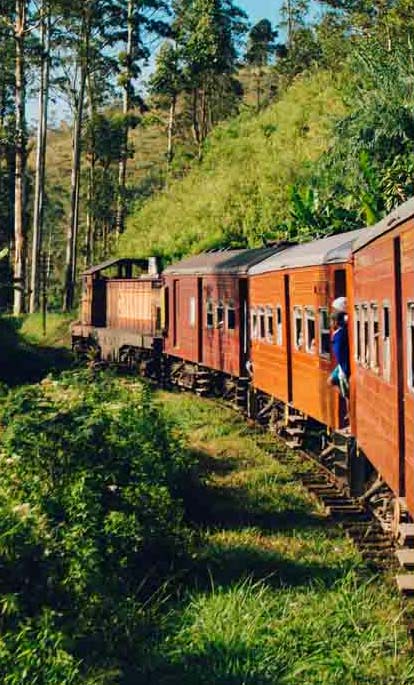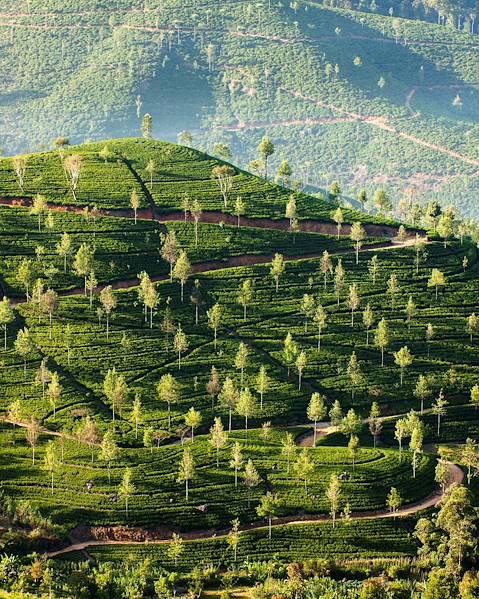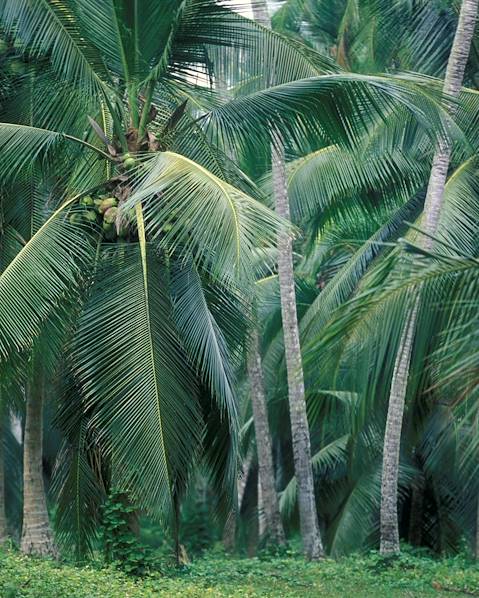From wild beaches where surfers snooze in the shade, to verdant tea plantations and a heady foodie scene, it’s easy to fall for the charms of Sri Lanka. Here we reveal some key things to Know Before You Go…
Hotels
Tourist infrastructure has only recently been making real headway. And whilst the island – adrift in the Indian Ocean – has been on the hitlist of backpackers, there are now a handful of sleek hotels and boho hideaways drawing a discerning bunch of travellers from across the world. That said, wherever you stay, from crumbling beachside shacks, to an all-singing, all-dancing resort, the warm-hearted and sunny disposition of the locals always filters through.
Drivers
Sign up to one of our Sri Lankan holidays and you’ll most likely be whisked around the island by one of our driver-guides. We’ve handpicked most of our guides and they’re super knowledgeable about the destination, giving you the inside track to its best spots. If, however, your driver has a tendency to pull over at too many shops or stores (they’ll receive commission for anything you buy), then do let us know.
Traffic
Good news: the roads are improving in Sri Lanka, at least on the surface. But be warned: driving here is generally not very fast and journey times are long. Aanarchic traffic fills the road, from hulking trucks to mopeds weaving in and out of the bumper-to-bumper trails, amongst the cacophony of blaring horns. We handpick all our drivers and take the utmost care in selecting those that drive safely and cautiously. Heading out on a drive? Forget counting the miles, go instead with the time – your destination may only be a couple of miles away but there will always be traffic and drivers often make detours. It’s not unusual for some to avoid certain villages based on its religious standing: a Buddhist may hesitate to pass through a Muslim village, for example.
Prices
The rumours are true: there are two price bands in Sri Lanka, one for tourists and one for locals. This includes tickets to monuments and major sites. Your entry will be five to 10 times higher than that for Sri Lankans – and that’s just the standard, but prices remain very affordable. You may sometimes be asked to pay when taking photos or videos of particular sites; keep in mind though, it’s best to avoid snapping next to Buddha.
The local currency is the Sri Lanka rupee and you can exchange cash at bureaus, banks or withdraw rupees from ATMs. Leaving tips is always expected and it’s recommended you leave around 200 rupees in restaurants; 50 rupees to airport porters; and 100 rupees to hotel workers. For drivers accompanying you on your journey, a tip has already been incorporated into their salary.
Restaurants do not always include prices on menus, so ensure you ask about costs before ordering. The standard tip to leave in restaurants is 10%.
Getting online
Wi-fi is often available in hotel lounges or lobbies – it’s a good excuse to pull up a pew, order a Ceylon tea or a G&T, and flick through your emails.
The future
After an epic trip across the island, from tea plantations to major historical sites, and easy-breezy beaches, you’ll return to Colombo – your wallet will be a little lighter, your waistband a little chunkier, but you’ll have fallen hard for Sri Lanka. And the future is clearly looking brighter on this alluring Indian Ocean island. On the horizon is the in-the-making Port City – a new city within a city. The sprawling site in Colombo will be home to gleaming skyscrapers, a financial district, hotels and a theme park, funded by the Chinese at a whopping $1.4bn. A project that’s garnered great controversy, Port City is one to watch and could change the face of Colombo.
Whatever the future holds, Sri Lanka is guaranteed to win you over.
















